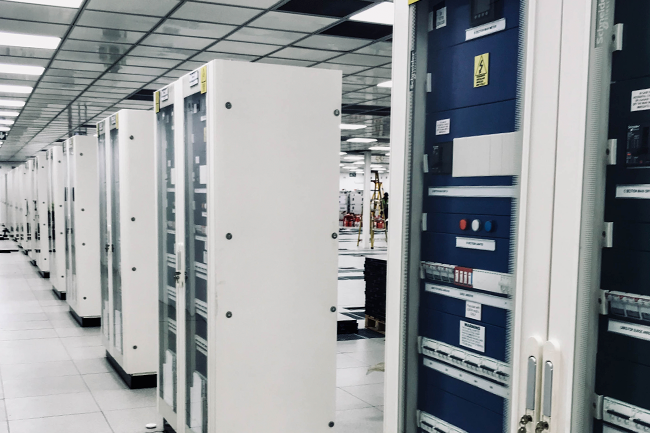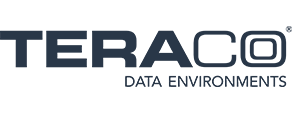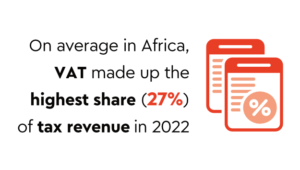Digital transformation is no longer just a common tech catchphrase; it is a critical topic for business leaders. A global survey by McKinsey found that more than eight in 10 respondents said their organisations had undertaken digital-transformation projects in the past five years.
One effect of COVID-19 is that it has forced companies to fast-track their digital transformation plans, with many making more progress within two months than they would have in two years. An important part of digital transformation is the support of data centres. Teraco provides carrier and cloud-neutral colocation data centres and has more than 19 000 cross-connects, making it Africa’s most interconnected data-centre hub. As the first provider of highly resilient, vendor-neutral data environments in sub-Saharan Africa, Teraco is bringing global content closer to the digital edge. The company has evolved to support the demands of modern-day computing requirements and offers a wide range of services that were once reserved for only the largest companies but are now easily accessible by all businesses.
Data-centre trends are changing the digital-transformation landscape significantly. In the not-so-distant past, many of these facilities were the exclusive preserve of large companies. However, technology demand and advancements have made it possible for smaller organisations to have access to these facilities where they can provide their products and services more effectively.
WHY DATA CENTRES ARE ESSENTIAL
According to Data Centre Knowledge, annual global IP traffic will reach a massive 3.3 ZB, which will move over fixed networks between data centres, as well as from data centres to devices and back. Between 2017 and 2022, global IP traffic is forecast to triple, and we are well on target to achieve this prediction. These figures show the scale of data that the world is generating and are a crucial indicator of the size of the physical data-centre infrastructure required to support this growth.
As the digital age evolves, IT infrastructure and data centres will have to adapt rapidly. Companies that still rely on legacy equipment and facilities will lose ground to burgeoning digital-native companies. Here are the data centre trends that are driving transformation.

PUBLIC CLOUD SERVICES
In Cisco’s Global Cloud Index, 2015–2020, software-as-a-service (SaaS), platform-as-a-service (PaaS), and infrastructure-as-a-service (IaaS) are the three main cloud service categories that were trending in 2020. According to the index, SaaS workloads maintained a majority share throughout the five-year forecast with a 74% share in 2020. PaaS has the second-fastest growth with a predicted 8% workload share.
Cloud computing offers economies of scale that can dramatically reduce the cost to end-users. The use of shared data-centre facilities, also known as multi-tenant data centres, improves efficiencies in infrastructural use as users effectively only pay for what they use. The entry of large public cloud-infrastructure providers into the African market has changed the cloud conversation from that of the relevance of cloud to the reality of a real offering that is relevant in the African market.
HYBRID CLOUD
The dawn of public cloud services saw many companies jump in with both feet, re-architecting and migrating legacy systems and networks into the cloud. Many enterprises, however, found that operating purely in a cloud environment had some unexpected pitfalls, unforeseen expenses, network-connection dependency, loss of control and security concerns. As a result, most companies are now adopting a hybrid cloud strategy. They have opted to retain specific processes within a private cloud deployment housed in a highly available colocation facility, while other operations are migrated into public cloud infrastructure.
CLOUD ON-RAMPS
One of the most significant barriers to cloud adoption is data security and connectivity issues caused by the public internet (think network congestion, outages and other issues that may affect network performance). Today, businesses realise the benefits of leveraging and accessing cloud on-ramps directly to bypass the public internet in favour of more secure and private connections. For an enterprise looking to migrate some or all of their IT operations to the cloud, carrier-neutral data centres that host key cloud on-ramps offer an attractive platform to support digital-transformation efforts by providing secure, direct, flexible network connections to a wide range of local and global cloud-service providers.
COLOCATION
Companies are increasingly considering colocation services from multi-tenant data centres an ideal solution for their IT infrastructure due to the escalating costs of building a private data centre as well as the versatility offered by commercial data centres. Modern data centres are gateways to connectivity and digital services platforms, offering businesses access to every digital service imaginable. Demand for colocation services in Africa is being driven by improving connectivity levels and the rising volumes of intercontinental data traffic.
INTERCONNECTION PLATFORM
As the demand for digital services grows, the need to build digital architectures that support real-time interactions spanning multiple key business partners is essential. By colocating within interconnection ecosystems found in vendor-neutral data centres, enterprises today can provide dedicated, high-speed cross-connects between partners, service providers and networks to create a faster and more efficient end-user experience for their customers. Interconnection lowers the barrier of entry to new market opportunities while simultaneously solving critical performance challenges such as latency and security, as well as amplifying existing capabilities.
PEERING AND CONTENT AGGREGATION
As traffic volumes in today’s broadband market explode, enterprises, network operators, content-delivery networks and cloud-services providers ‘peer’ to exchange their internet traffic. Bringing content and cloud to local shores has reduced the transit reliance on ‘fetching’ the content in Europe and the Americas. Global content providers such as Amazon, Google, Facebook, Microsoft and Netflix have deployed in African to improve the availability of their content to the end-user by bringing the content closer to the user.
Peering exchanges are a sign of the ‘opening’ up of the digital ecosystem. The number of internet exchanges in Africa has grown in the past 10 years from 17 to 46 today, with a presence in 34 countries across the continent.
DATA PROTECTION AND COMPLIANCE
With the advent of regulations around data protection globally, the data-centre industry has needed to embrace laws such as the Protection of Personal Information (POPI) Act and the EU’s General Data Protection Regulation (GDPR).
These are regulations that address data protection, privacy and the transfer of personal data. POPI, GDPR and a focus on security have led to enterprises seeking data-centre providers that have installed robust physical security and obtained appropriate certifications, which include security standards (ISO 27000), quality-management systems compliance (ISO 9000) and financial-security standards (Payment Card Industry Data Security Standard or PCI DSS).
DATA CENTRE AND POWER UPTIME
In this highly connected world, the uptime of applications is paramount to the functioning of any enterprise. Data centres are a real solution to an unreliable power supply as colocation providers will provide SLA guarantees linked to the services offered.
HYPERSCALE DATA CENTRES
As the demand for cloud-computing solutions increases, so does the need for the supporting large-scale data-centre infrastructure. Hence, the rise of hyperscale data facilities that are substantially larger than the average enterprise data centre. At the end of 2019, more than 500 data centres globally met the minimum classification threshold required of a hyperscale facility. The hyperscale data centre has emerged as the physical platform fuelling digital transformation – reshaping the global and African IT landscape, and shifting data from on-premises facilities to massive centralised data centre hubs.

+27 (0)11 573 2800
info@teraco.co.za
www.teraco.co.za















